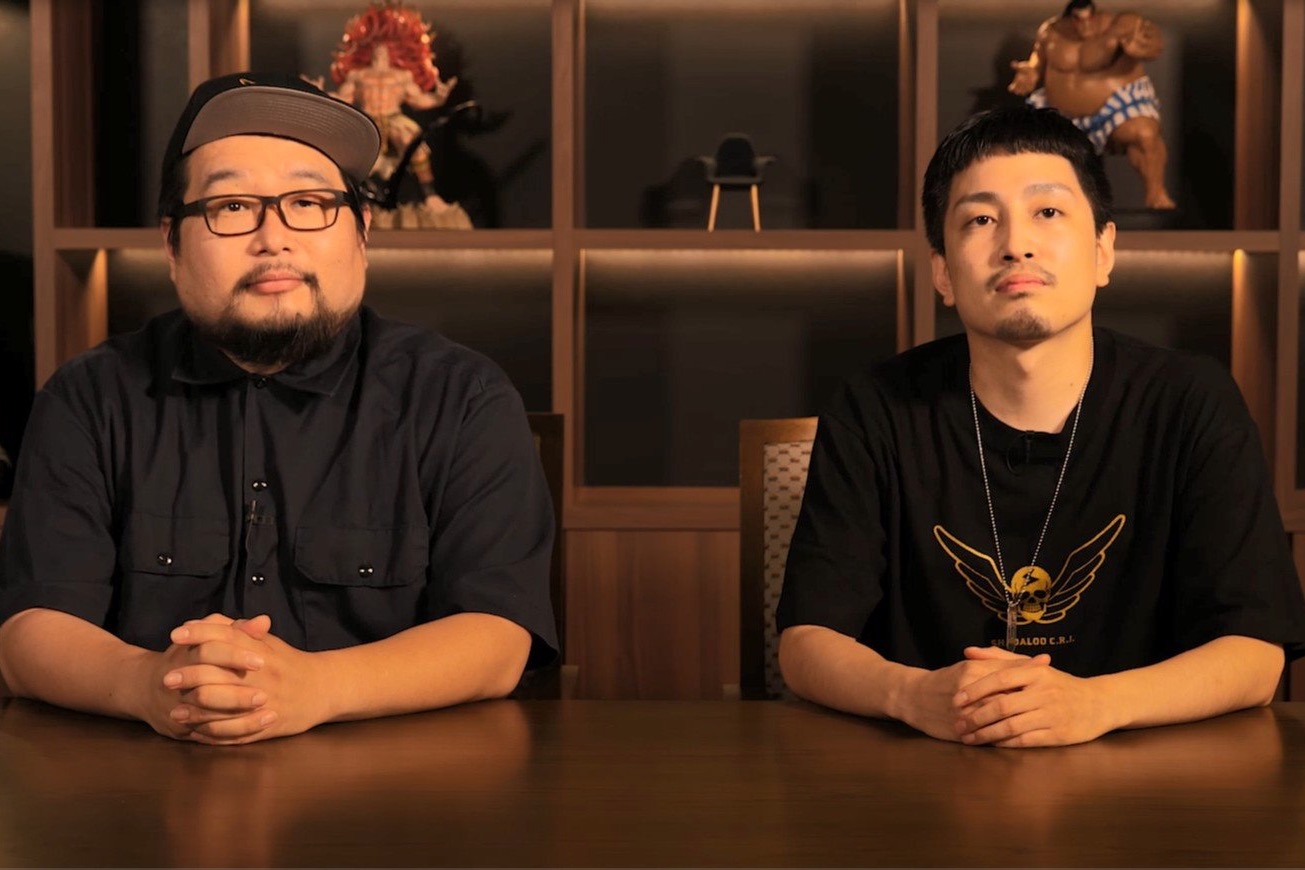It’s impossible to talk about the history of video games without mentioning Street Fighter. Whether in an arcade or on a home console, Street Fighter II and every successive iteration (the original Street Fighter didn’t catch on with most of the world) has become synonymous with video games of all types. Characters like Ryu, Chun-Li, and several other members of the roster are now pop culture symbols reaching far beyond the gaming community (just ask Nicki Minaj), and the series’ influence can be felt as widely as that of The Simpsons.
As we near the end of the current generation of consoles, the gaming giants at Capcom have announced that the next season of new characters and content set to roll out for Street Fighter V over the next several months will be its last. But just because the roster for the 2016 release will be complete by next year, that doesn’t mean it’ll be going away anytime soon, as it’s effectively guaranteed to maintain one of the top spots in fighting game competitions (and in fans’ collections) at least until Street Fighter VI is inevitably announced sometime down the road.
Ahead of its final season, SPIN chatted with Street Fighter V’s director, Takayuki Nakayama, and producer, Shuhei Matsumoto.
SPIN: Considering that Street Fighter V (SFV) has really solidified itself as one of the top fighting games of the generation over the last few years, what goes into making sure the new characters and content keep it feeling fresh year after year?
Takayuki Nakayama: The characters’ abilities, visual design, and their history — in terms of appearance within previous titles — are all taken into consideration. Regarding the battle elements, we try not to overlap with the attributes of existing characters. I love the characters from all the different series, which makes it difficult for me to choose, but I try to select characters that have a unique quality and have the potential to expand the story and universe of the game.
Shuhei Matsumoto: Nakayama-san touched on this, but every character within Street Fighter — including SFV — has their own story and a part within the universe. These individual storylines add depth to the Street Fighter universe, which are aspects that our fans love. We take this into consideration and discuss internally to figure out what would bring joy to our fans and what would generate hype before we make the final decision on what to include. The entire SFV team consists of fans who love Street Fighter, so there’s a lot to talk about.
With such a massive roster of fighters, stages, and other content to choose from with previous Street Fighter titles, how do you decide which ones will actually be brought into the game?
Nakayama-san: I wanted to bring back all the legacy characters and stages, but it was concluded that it would be too costly and time-consuming. The main motivator was to recreate past content that left a strong impression with our fans. In terms of the costumes, we did our best to recreate as much of the past content as possible because we wanted our players to reconnect with the characters they have emotional attachments toward.
Matsumoto-san: Our fans enjoy seeing the brand new stages that get implemented into SFV, but they definitely also get excited about how the legacy stages get incorporated. Even for myself, I get hyped up seeing how the past stages turn out in SFV, and it brings me so much happiness to see that our players feel the same way. We’ve also done many remixes of character and stage themes in various music genres, so we would love for people to check them out. Ultimately, we feel it’s important to be mindful when selecting from the legacy content and to be respectful when producing the new content.
Considering the history of Street Fighter as a franchise, how do you balance the expectations people have for the series while keeping the game up to modern standards for both a competitive and casual community?
Nakayama-san: In terms of the battle aspects, we do our best to prevent the controls from being too difficult, to provide steps — that aren’t too obvious — that allow the player to improve, and to make things intuitive and easy to understand. The members of the Battle Design Team play hundreds of matches per day and make adjustments to areas they feel need more attention, and they utilize all available characters so they can get an objective perspective.
In terms of the game universe, we’ve included numerous hints that point to elements of the story that fans of the previous titles will get excited about. We acknowledge the previous titles and provide new interpretations of the story that expand the Street Fighter universe — and the universe of other IPs as well. Ultimately, in order to maintain a healthy balance, we strongly believe the creators must also be huge fans of the series.
Matsumoto-san: SFV has multiple layers of player types. There are players who enjoy competing against others, players who are fans of the characters and universe and enjoy playing single-player modes like Story Mode, and even players who just enjoy spectating other people’s fights. In this sense, a wide range of players who identify as hardcore to casual can all enjoy the game. When creating new content, we take into consideration all these different perspectives without focusing on just one.
What has it been like to see this game continue to evolve and change over the last 5 years?
Nakayama-san: Including the developmental phase of the title, I’ve been working on Street Fighter V for almost 7 years. This is my first time responding to this, but we did face some challenges with the initial launch of Street Fighter V back in 2016. The game had many ambitious elements which we would have loved to have been completely smooth from the start, but it did offer our team many opportunities for improvement. The Shadaloo Combat Research Institute website was actually started soon after, so the development team could hear what our players liked and didn’t like about the game, and so we could inform them about new game-related updates and improvements on an ongoing basis.
The development team updates Street Fighter V as frequently as possible, so it follows more of a live operational format with the goal of pleasing our fans and keeping them engaged with the game. Soon, we’ll have a larger lineup than Street Fighter IV, with a total of 45 characters — including the 5 characters coming in Season V.
I follow the competitions and the activity on social media as well. I watch our players being active, and it brings me so much joy. I see gaming as a communication tool with friends and rivals, and I believe the true value is shown when people play.
Matsumoto-san: Street Fighter V was released in February 2016, and after receiving the early feedback, we knew we had to work even harder to fulfill the vision for the title and meet our players’ expectations. The development team, led by Nakayama-san, has put in a lot of effort to get the game to the point where it is now. We’ve been working hard over the past 4+ years to keep people playing and enjoying the game. We feel so much appreciation for the fans who have continued to play this game since it released, and we will continue to do our best to keep evolving the title.
Is there anything else you’d want people to know ahead of the final season?
Nakayama-san: In one of the previous answers, I mentioned that we’ve included numerous hints, but there are still undiscovered secrets on the following topics: Zeku and Strider; Q and G, [and] The United States Air Force and Byron Taylor
Also, when incorporating Gill into SFV, we took into consideration his role within the story. In past titles within the series, we had parallel storylines where the ending would change depending on who won. However, since SFV doesn’t follow that same narrative style, we utilized Gill as a character who appears as an embodiment of what that opponent desires. For Kolin, it’s peace for her country. For Urien, it’s a brother. For Ryu, it’s a stronger opponent.
In the Street Fighter timeline, this title precedes the events of Street Fighter III, but for certain characters, their stories of what happens after Street Fighter III are also told. Connecting the dots and maintaining consistency was a challenge, but the addition of new characters and mysteries allowed us to move into the future. When Rose’s story is exposed, new truths may come to light.





